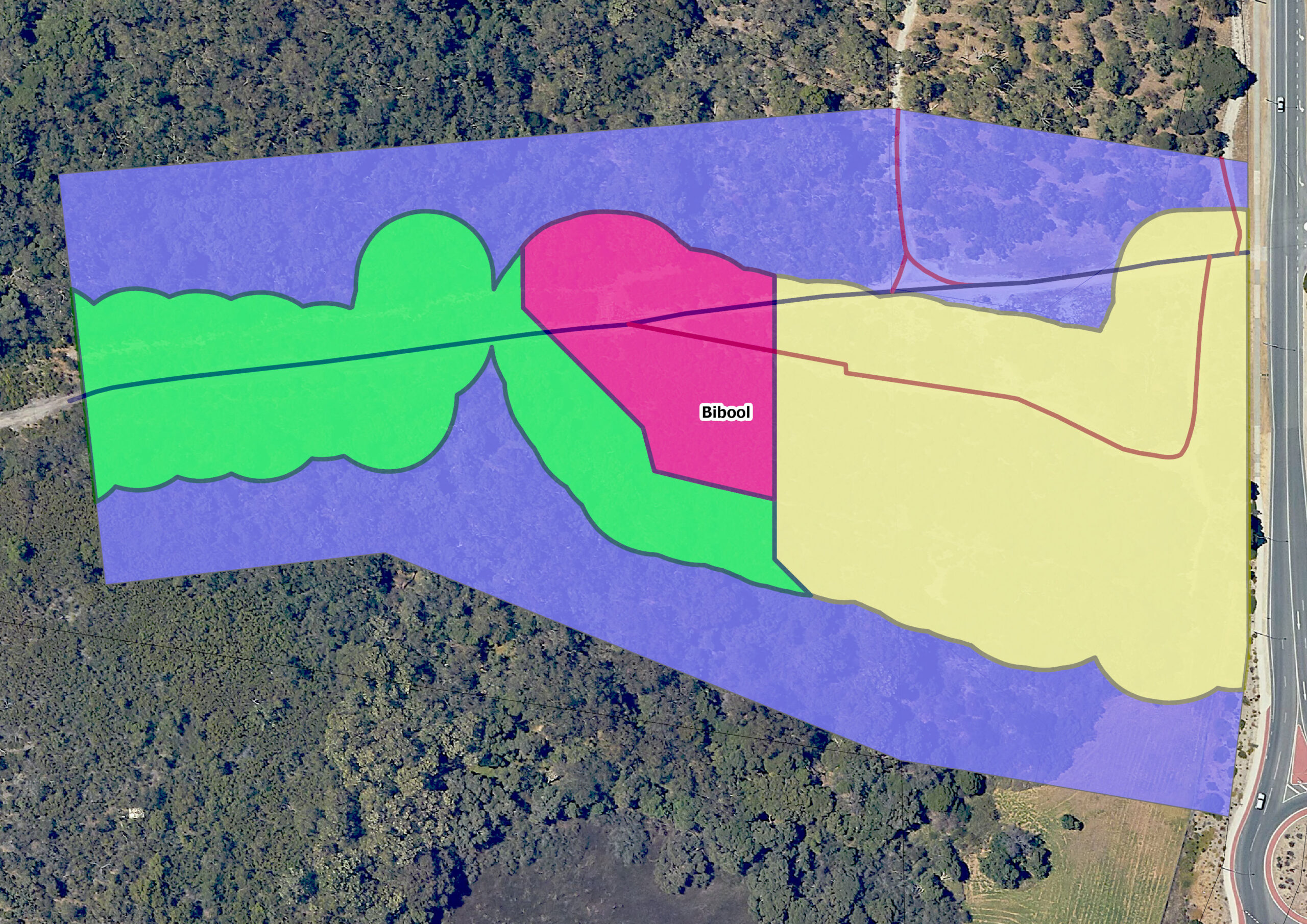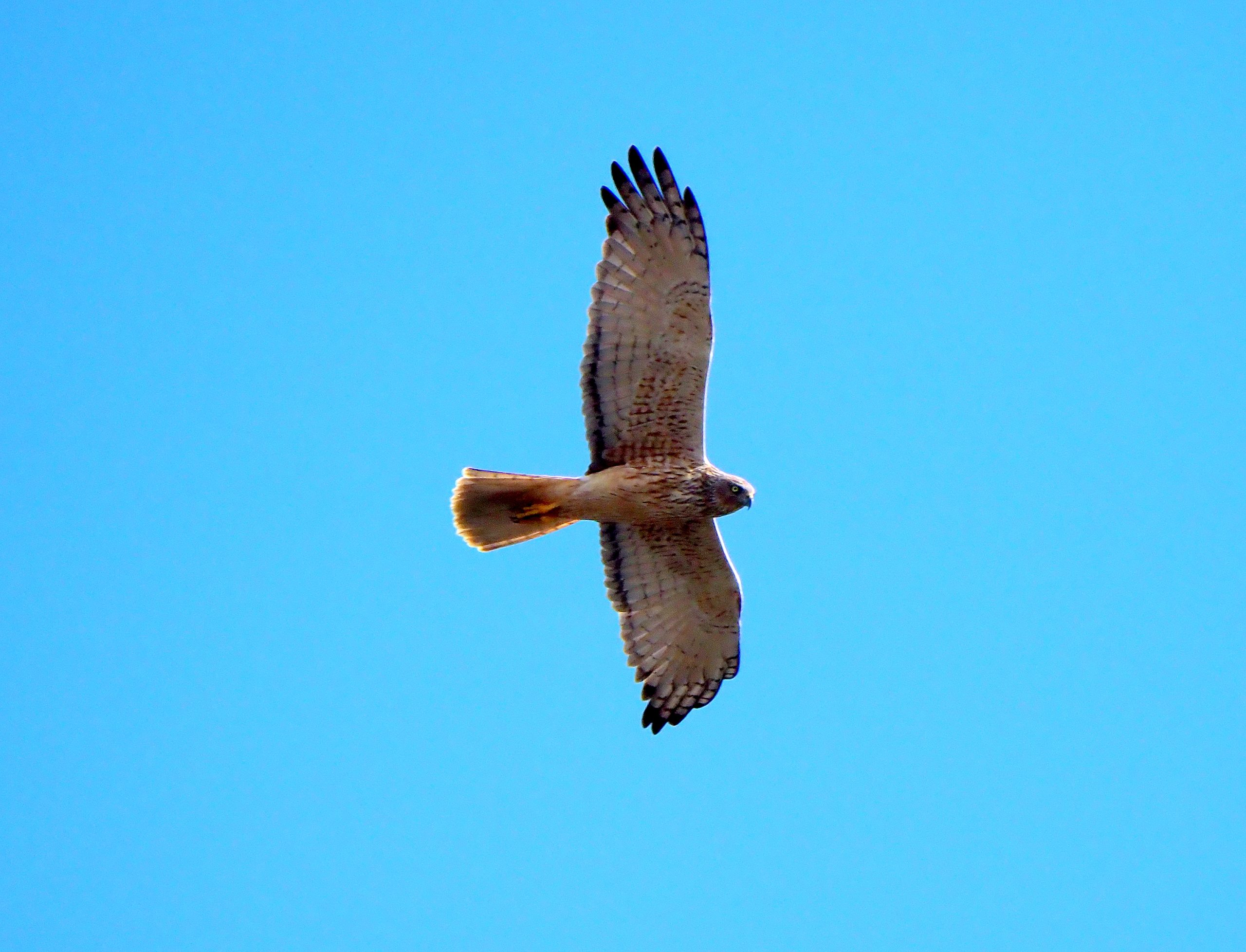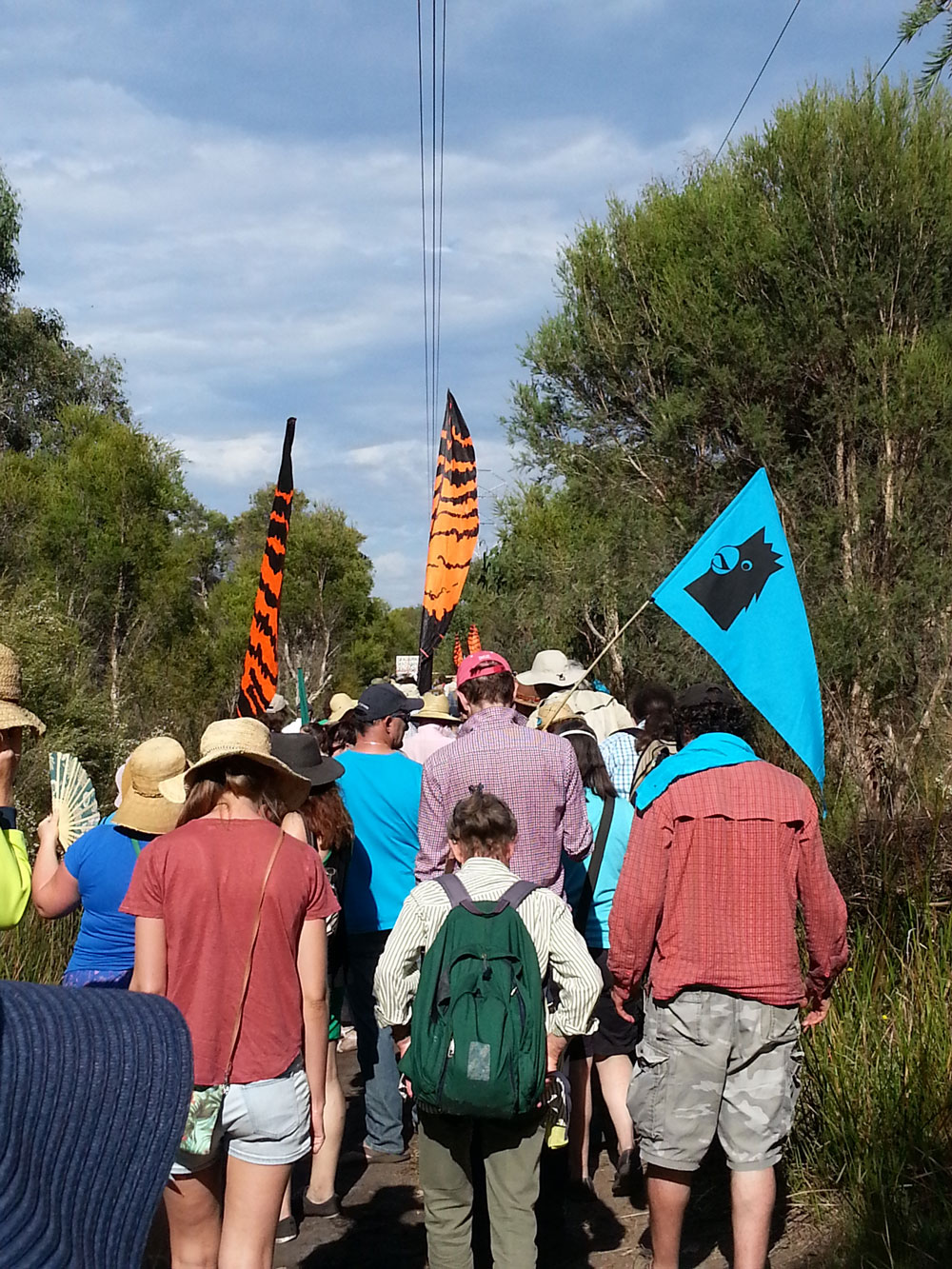This section is at the lowest point of the Beeliar Wetlands. It is a unique wet forest and woodland ecosystem of bibool (paperbarks), moitch (flooded gums) and banksias. Here the pale grey Bassendean sands are overlain with organic layers in a complex system that is unusual on the Swan Coastal Plain. Within the Bibra Lake complex, Roe Swamp, to the south is the only wetland with a spongilitic peat basin. The surrounding sumpland supports a diverse array of groundwater dependent vegetation. Rare priority 1 flora species like Dampiera triloba have been recorded nearby.
The Bibra Lakes area has mythological and cultural connection to the original Beeliar people and has continuing significance to all Nyungar peoples. Multiple Aboriginal heritage sites are registered in the richly diverse land between Walliabup and Coolbellup, one close to the corner of Hope Road and Bibra Drive. The most recent archaeological study commissioned by the Rehabilitating Roe 8 project, confirmed the presence of buried stone artefacts and charcoal, estimating that millions lie beneath the surface around the whole lake area. Dating of materials attests to use by Nyungar ancestors for up to 10,000 years.





